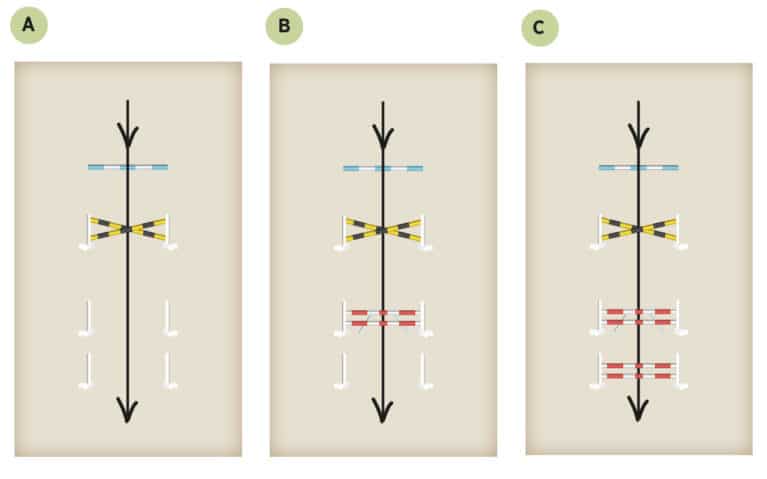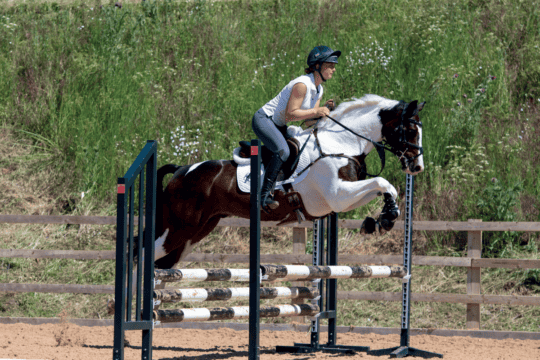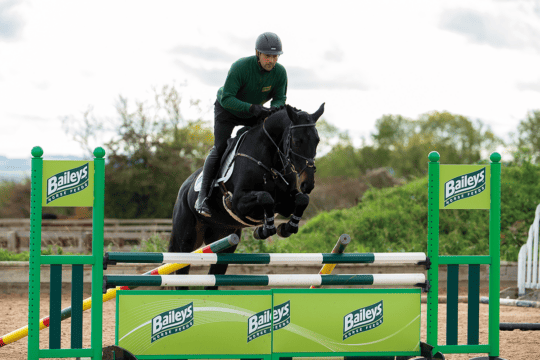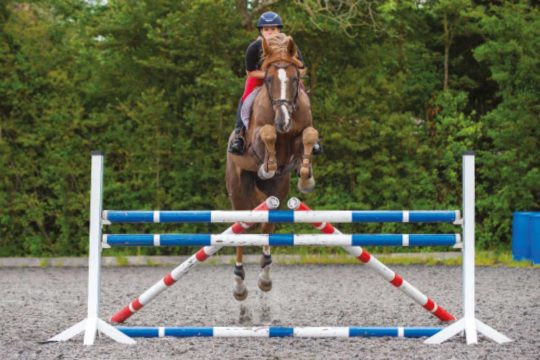-
Riding Schooling and Training
-
Health and Veterinary
-
Management
-
Mind Matters
-
Buying and Selling
-
Insurance Advice
FAQs
If the exercises in last month’s feature inspired you to up your jumping game, why not have a go at a few more of showjumper Tina Fletcher’s favourites?
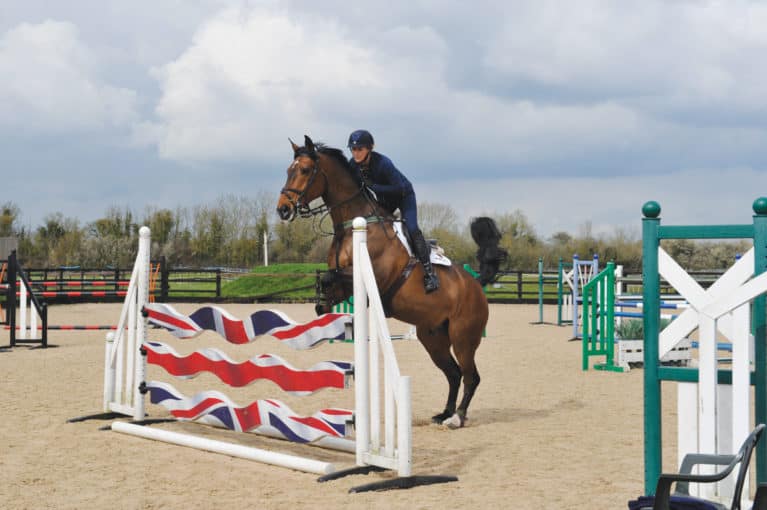
To succeed in showjumping, you need agility, accuracy and good control, and these things don’t come without plenty of practice. So before you head out to your next show, try some more of my favourite tried-and-tested exercises to ensure you’re well-prepared. Plus, if you feel prepared, you’ll be brimming with confidence when you get to the show, which is the final and most important ingredient for success.
Exercise 1: Perfecting planks
Many people struggle with planks because they ride them differently to verticals, when really they’re just the same. Most riders tend to be over-cautious and back off the fence, which causes them to lose the power in their canter and get a bit too deep. Others ride at them too forward and flat which, again, is a recipe for having planks down. If you ride them in the same way you’d ride a vertical, you’ll stand a much better chance of leaving them up.
Set it up
Build a plank fence with a ground line on either side, then put a placing pole two strides (10.5m) before the fence.
Before you ride the exercise, make sure you have a really powerful, bouncy canter. Give your horse plenty of time on the approach by getting the correct canter before you turn to the fence and making your turn early. Maintain the rhythm and power in your canter, and keep him straight – don’t change anything on the approach unless you have to. Ride towards it with the belief that you’re going to leave it standing.
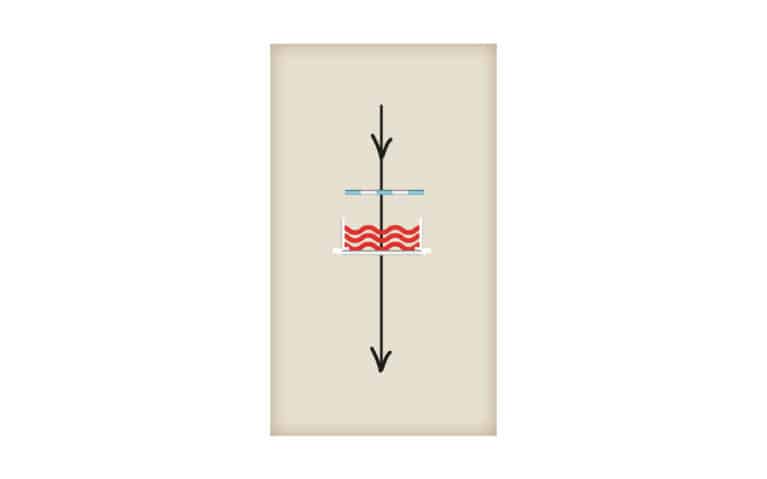
Exercise 2: Figure-of-eight jump
This is a really good exercise for loosening your horse up, helping him learn to land on the correct lead, making you focus on your lines and for practising jumping on an angle for jump-offs.
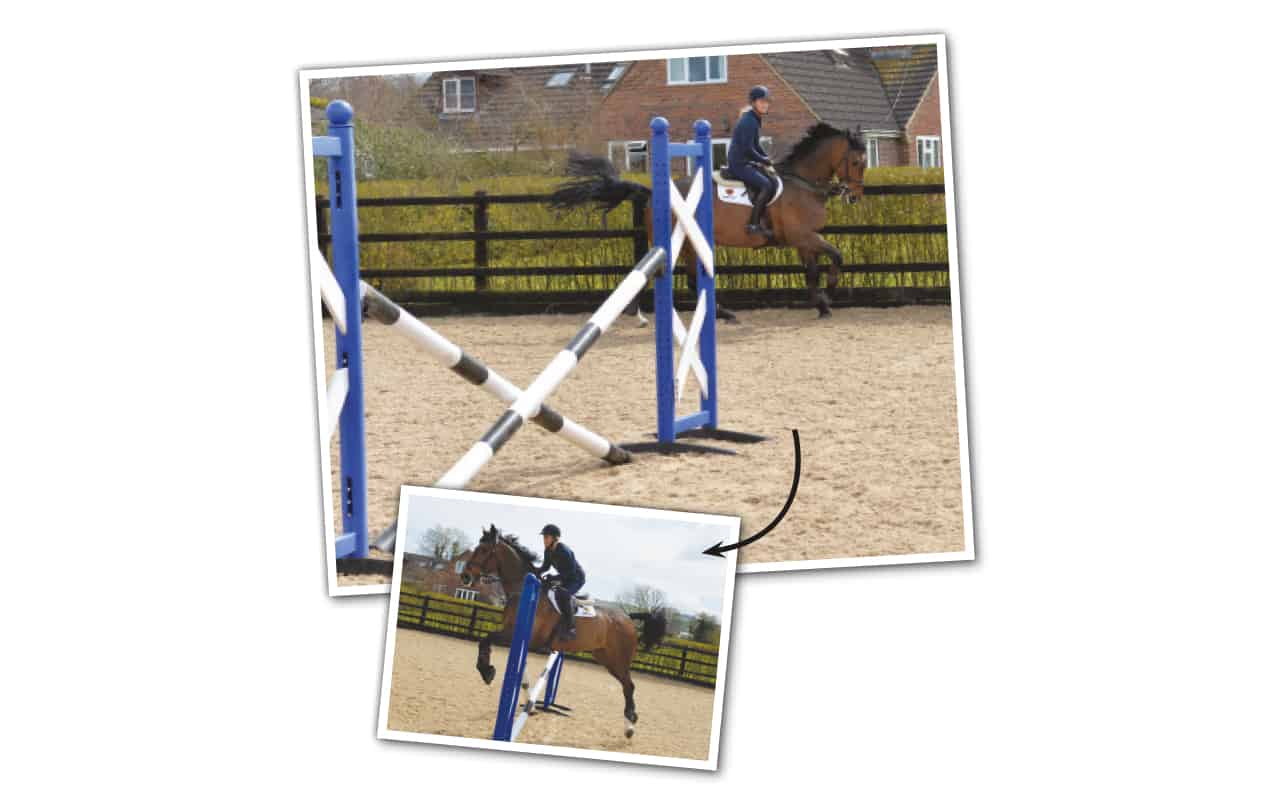
Set it up
Build a small cross-pole in the middle of your school.
In canter, ride a 20-metre circle over the jump. Keep going round on the circle, then gradually reduce the size of it to no less than 10 metres. Then change the rein and ride a 20-metre circle round over the other end of the jump, before again starting to reduce the size of the circle.
Once you can manage this, ride a figure-of-eight with the jump in the centre – make the loops of your figure-of-eight a similar size to a 20-metre circle. To start with, make sure you’re straight for the cross-pole as you come round to it. As you get more practised at it, you can approach the jump on a slight angle, then begin to make the angle steeper. To make the exercise even harder, you can make your figure-of-eight smaller.
The key to this exercise is keeping your body straight, as a lot of riders have a tendency to twist their bodies while riding it.
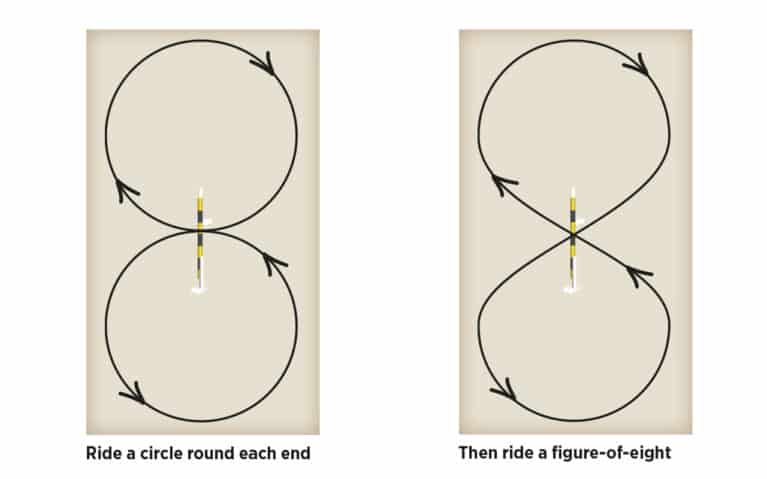
Exercise 3: Combination confidence
This exercise is great for two things. First it’s really useful for helping you learn to see a stride and second, it’s great practice for riding combinations – something a lot of riders struggle with. Problems usually occur at combinations when riders don’t get the right striding into them, but this exercise will help you achieve that, and get you used to riding positively and confidently through them.
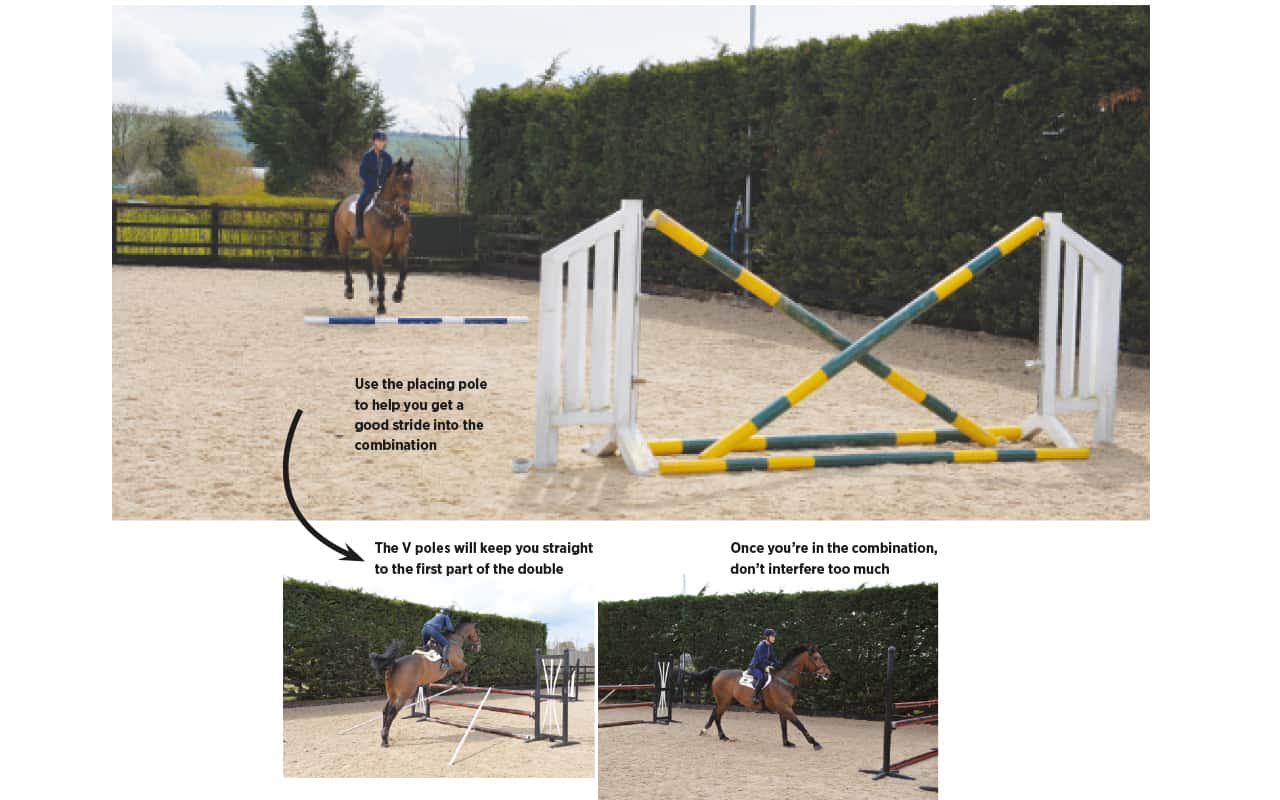
Set it up
Put a placing pole on the ground two strides (10.5m) before a cross-pole, then three strides (14m) after the cross-pole, build a one-stride (7m) double. Take the poles on the double down to start with and keep them handy for later.
This exercise is ridden in three stages. First, just tackle the placing pole and cross-pole, then add on the first part of the double and, finally, complete it by putting up the final part of the double.
With this exercise, the main thing is to get a good canter with loads of impulsion before you ride through it. On your way in, keep an eye on the placing pole and use it to judge your distance. Then pop over the cross-pole.
Once you feel like you’re consistently getting to the cross-pole on a good stride, put the first part of the double in and put V poles on it to help keep you straight. Don’t become overwhelmed by the fact there’s now another jump, ride it just the same. Once you’re over the placing pole, simply sit, keep your rhythm, look forward and maintain your impulsion, and let your horse do the work. Don’t interfere too much once you’re in there.
Finally, when you’re feeling more confident, you can put up the final part of the double. But remember not to change how you ride it!
